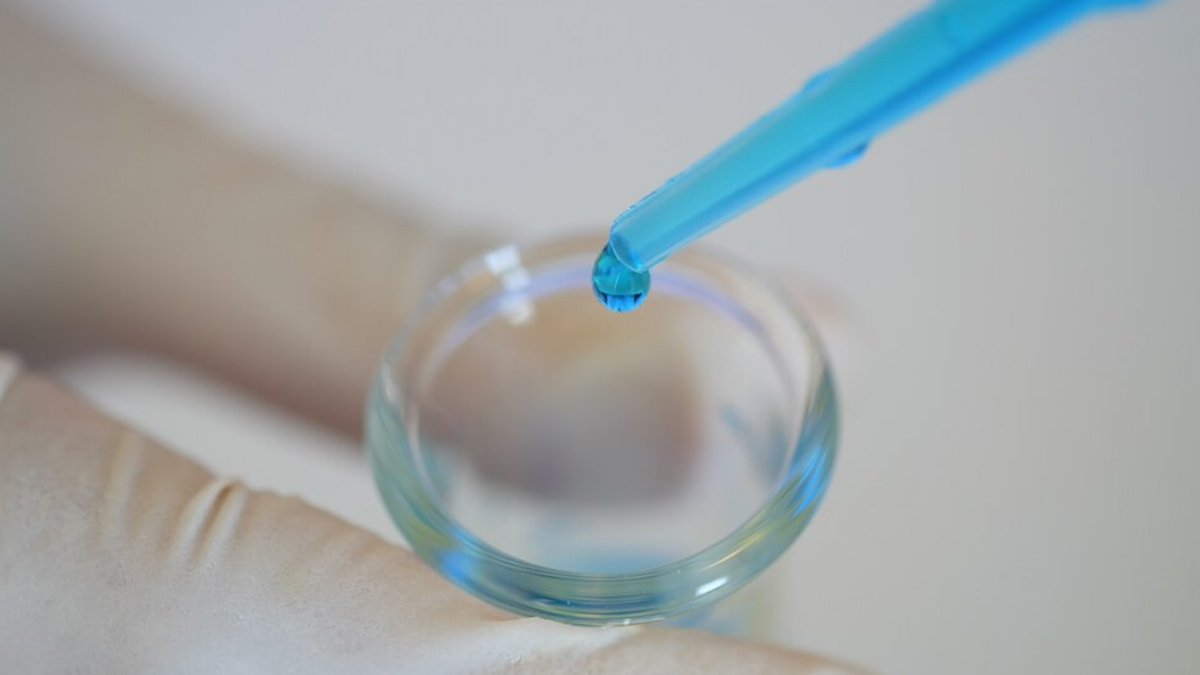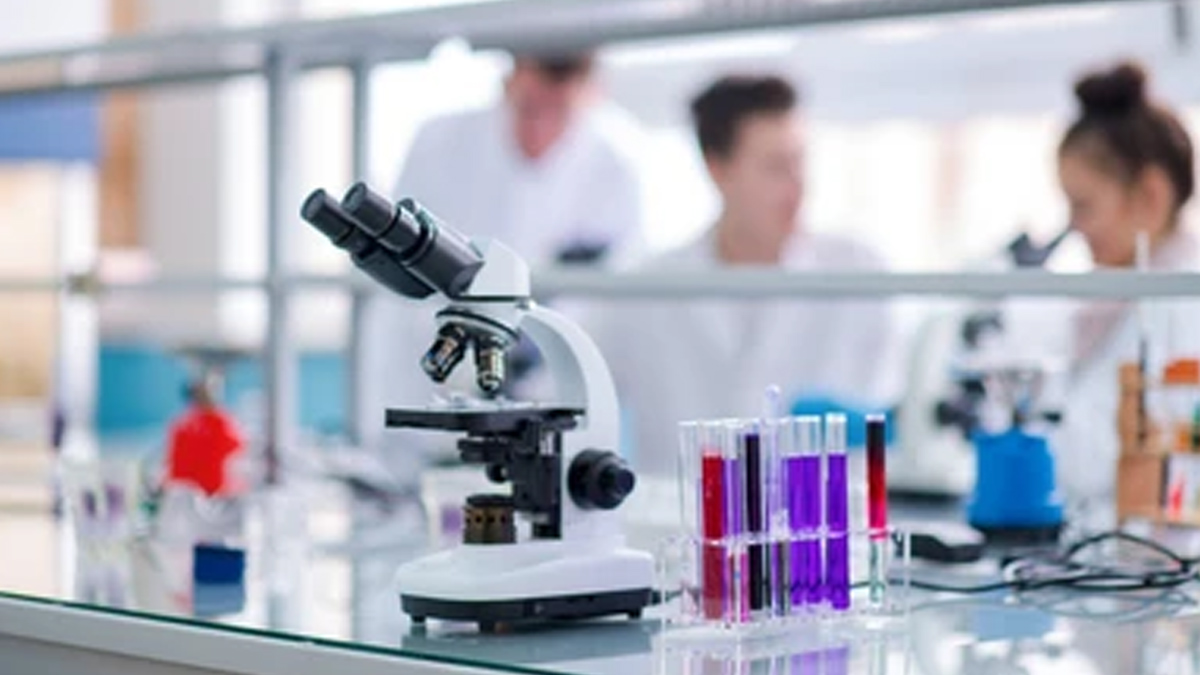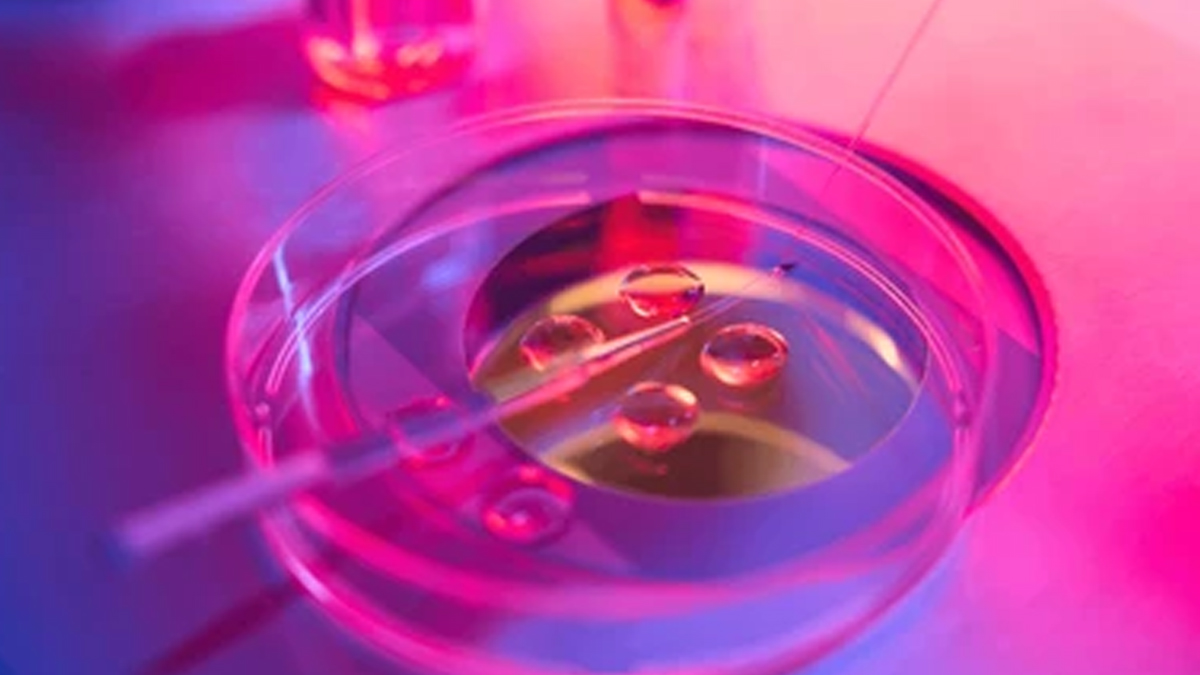
Cancer, which was once considered a fatal disease, is now being treated due to the progress in medicine and technology. The latest buzz in the cancer diagnosis and treatment arena is a revolutionary technology called liquid biopsy. Unlike tissue biopsies, which involve extracting a sample from a suspected tumour, liquid biopsy can be performed simply by analysing small amounts of blood or other body fluids. This new and advanced method is not only patient-friendly, but can also help detect cancer in its initial stages when it's still treatable. We spoke to Dr Kirankumar Sajjanshetty, Consultant-Medical Oncologist, Gleneagles BGS Hospital, Kengeri, Bengaluru, who explained liquid biopsy and its role in diagnosing cancer.
Table of Content:-
What is a Liquid Biopsy?

"Liquid biopsy assesses neoplastic material from circulating biofluids, such as blood, urine and cerebrospinal fluid. As cancer cells increase, they shed fragments of their DNA called Circulating Tumour DNA (ctDNA) along with Circulating Tumour Cells (CTCs) and other biomarkers into the bloodstream," explained Dr Sajjanshetty.
Liquid biopsy uses these fragments to test cancer and assess its progression over time. The simplicity of how liquid biopsy works is what makes it unique. The sample can be taken with a routine blood draw from a vein. This is in contrast to the tissue biopsies of the past, which may require surgery, anaesthesia or time to recover.
Liquid Biopsy for Early Cancer Detection

One of the most notable applications of liquid biopsy is its ability to support early cancer detection, which significantly increases the chances of survival. For example, it can detect cancer before it manifests symptoms, allowing patients to begin treatment.
"Current research is focused on developing this as a diagnostic test that can capture many different types of cancer (multi-cancer early detection), including the difficult-to-diagnose ones, such as pancreatic, ovarian, and liver cancer, "added Dr Sajjanshetty.
Also Read: How Accurate Is Liquid Biopsy In Diagnosing Lung Cancer?
Tracking the Course of the Disease
“A liquid biopsy can also monitor cancer treatment beyond just detection. Doctors can monitor their response to therapy and identify whether the cancer is developing resistance by tracking CT DNA levels over time,” explained Dr Sajjanshetty.
Providing real-time feedback enables tailored and adaptive treatment strategies to avoid unnecessary side effects while enhancing therapeutic efficiency. In addition, liquid biopsies can reveal residual disease post-treatment, identifying which patients are at risk for relapse.
Benefits Beyond Detection

As liquid biopsies can be repeated over time, they provide a dynamic insight into the evolution of the cancer. This is important for understanding how cancers adapt and become resistant to treatment, allowing oncologists to adapt therapies accordingly.
Also Read: Why Two People With The Same Cancer May Need Completely Different Treatments
Liquid Biopsy In Its Evolving Stage
According to a 2024 study, liquid biopsy has great potential for future use, but there are still some areas that need improvement. One major challenge is the process of separating, cleaning, and detecting the markers used for monitoring.
"Liquid biopsy poses challenges despite its massive potential. Particularly for cancers detected at very early stages, when circulating tumour DNA (ctDNA) is small and difficult to measure, sensitivity is one of the main challenges. Researchers are already working to improve the technology so that accurate and reliable results can be obtained," said Dr Sajjanshetty.
Another concern is its cost. Although liquid biopsy is more feasible and quicker than traditional biopsy, it can be widely adopted only if affordable.
A positive result from a liquid biopsy isn’t yet sufficient for a cancer diagnosis, either. It is usually used as an adjunctive tool that directs the next stage of investigation, whether imaging or a conventional biopsy, for verification.
Bottomline
Dr Sajjanshetty concluded, "Liquid biopsy is a significant game changer in cancer detection and treatment. As technology advances, its applications will likely expand beyond early capture and monitoring. Liquid biopsy tests for certain cancers are already being integrated routinely into clinical practice for certain cancers like colon cancer. The hope is that one day, a routine blood test could detect cancer as easily as measuring blood haemoglobin levels."
For patients, the growing trend of liquid biopsy means reduced fear and discomfort from invasive procedures and increased hope of catching cancer early. For oncologists, it means having a powerful tool that provides more insight into the disease.
[Disclaimer: This article contains information provided by an expert and is for informational purposes only. Hence, we advise you to consult your professional if you are dealing with any health issue to avoid complications.]
Also watch this video
How we keep this article up to date:
We work with experts and keep a close eye on the latest in health and wellness. Whenever there is a new research or helpful information, we update our articles with accurate and useful advice.
Current Version